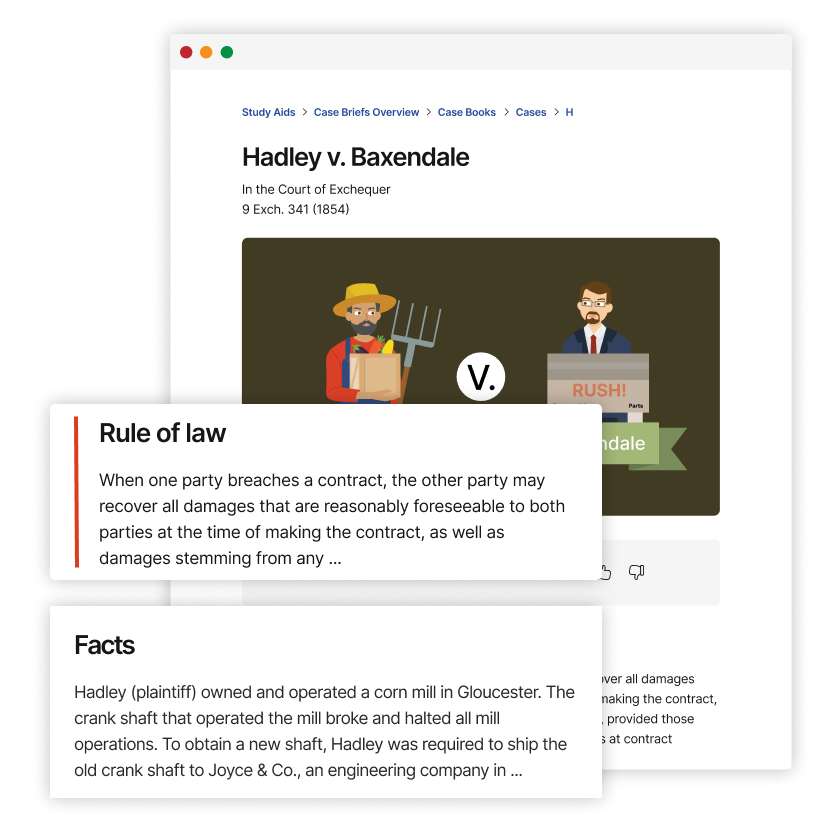Wratchford v. S.J. Groves & Sons Co.
United States Court of Appeals for the Fourth Circuit
405 F.2d 1061 (1969)
- Written by Heather Whittemore, JD
Facts
Richard P. Wratchford was found with a fractured skull at the bottom of a highway drainage hole in Maryland. Richard had suffered severe brain damage. The highway where Richard was found was undergoing construction work at the time of the accident, and the hole that Richard was found in did not have a grate over its opening. Treva M. Wratchford (plaintiff), Richard’s wife, filed a lawsuit in federal district court based on diversity jurisdiction against S. J. Groves & Sons Co., the general contractor for the construction, and Dale W. Miller, the worker who constructed the drain opening (collectively, the contractors) (defendants). At trial, Treva argued that Richard fell through the drain opening because the contractors negligently failed to place a grate over the opening. The contractors argued that Richard may have slipped or crawled into the hole after falling on ice, meaning that the absence of a grate on top of the drain opening did not cause Richard’s injuries. The district court applied Maryland’s standards for determining whether evidence was sufficient to go to a jury and found that the theories proposed by Treva and the contractors were equally likely. Because it was not clear that the contractors were the proximate cause of Richard’s injuries, the district court held that evidence of the contractors’ negligence was not sufficient to go to a jury. Treva argued that the federal standard for determining whether the evidence was sufficient to go to a jury should have been applied. Under the federal standard, a court allows evidence to go to a jury if the jury might reasonably conclude that the defendants proximately caused the plaintiff’s injury. The district court entered a directed verdict for the contractors. Treva appealed.
Rule of Law
Issue
Holding and Reasoning (Haynsworth, C.J.)
What to do next…
Here's why 899,000 law students have relied on our case briefs:
- Written by law professors and practitioners, not other law students. 47,000 briefs, keyed to 994 casebooks. Top-notch customer support.
- The right amount of information, includes the facts, issues, rule of law, holding and reasoning, and any concurrences and dissents.
- Access in your classes, works on your mobile and tablet. Massive library of related video lessons and high quality multiple-choice questions.
- Easy to use, uniform format for every case brief. Written in plain English, not in legalese. Our briefs summarize and simplify; they don’t just repeat the court’s language.







